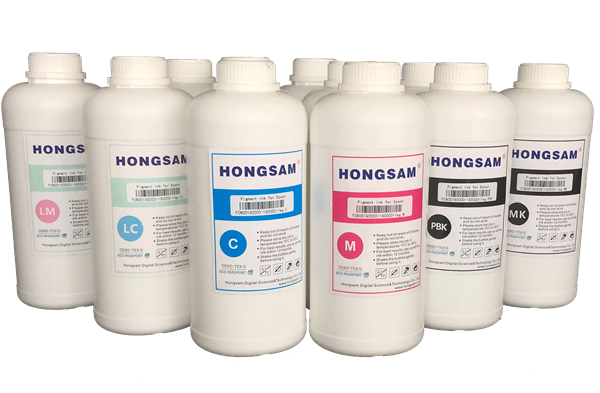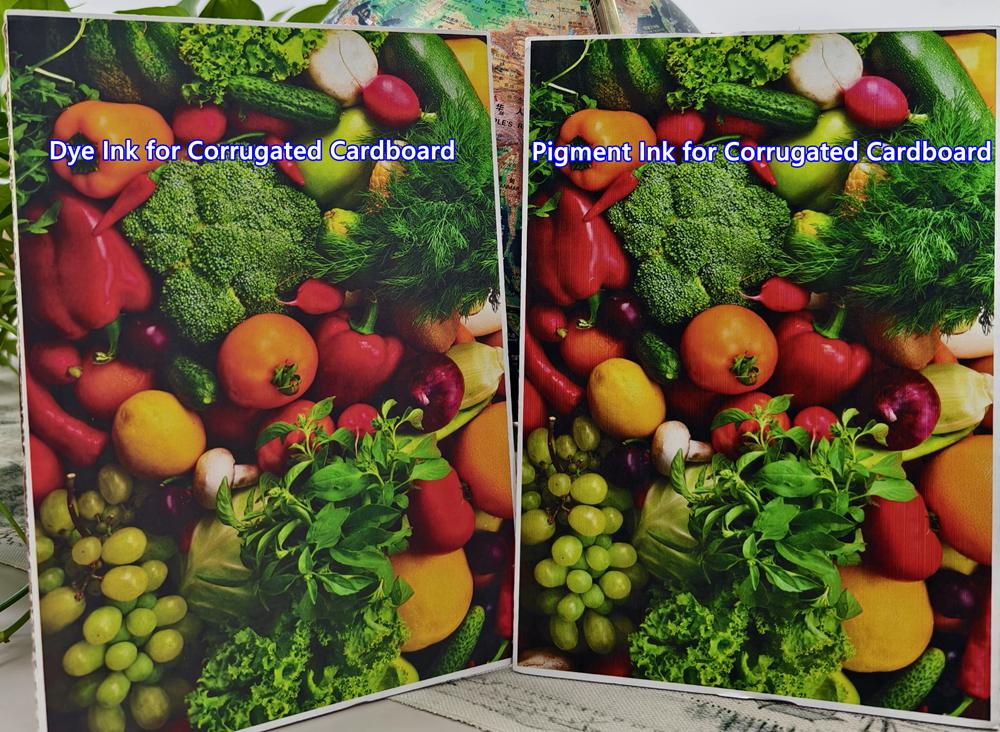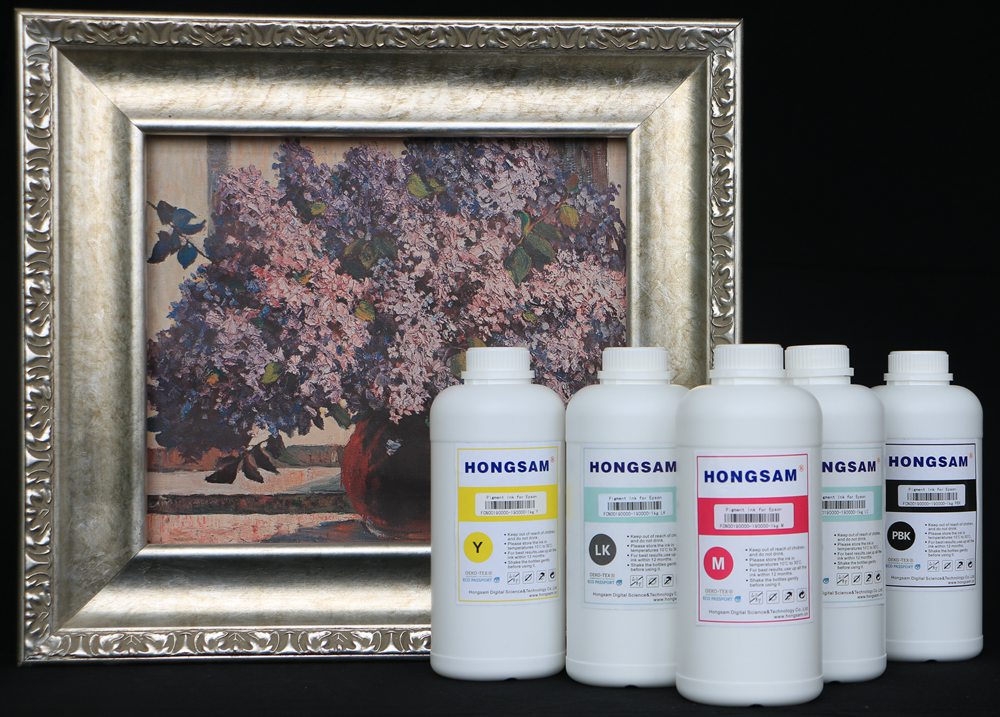
Pigment inks and dye inks are two different types of inks used in printing, and they have different characteristics and performance.
Chemical Composition:
Pigment Ink: Solid particles containing inorganic compounds or minerals suspended in a liquid carrier.
Dye Ink: consists of soluble organic colorants dissolved in a liquid carrier.
Color Vibrancy and Color Gamut:
Pigment Ink: Offers a more limited color gamut than dye ink, but it provides more saturated and vibrant colors, especially on matte or fine art paper.
Dye Ink: Offers a wider color gamut and more vivid tones, making it suitable for printing vivid photos on glossy or glossy paper.
Durability and Longevity:
Pigment Ink: Known for their resistance to fading, smudges and water stains, they are suitable for archival and long-lasting printing. It is more durable and longer lasting than dye ink.
Dye Ink: More susceptible to fading, smudging and water stains, especially when exposed to light and environmental factors. It is less durable and has a shorter lifespan than pigment ink.
Print Media Compatibility:
Pigment Ink: Ideal for printing on matte or fine art paper and other porous media because of its ability to produce crisp and detailed prints.
Dye Ink: Ideal for producing high-quality photo prints on glossy or glossy paper as it allows for a vibrant and glossy finish.
Cost and Affordability:
Pigment Ink: Generally more expensive than dye inks due to their long life and durability, they are suitable for professional and archival printing applications.
Dye Ink: Typically more affordable than pigment inks, suitable for everyday printing needs and applications where cost-effectiveness is a priority.

Advantages and Disadvantages of Pigment Inks and Dye Inks:
Advantages of Pigment Ink:
1.
Longevity: Pigment inks are known for their resistance to fading, making them suitable for archival and long-lasting printing.
2.
Durability: Compared to dye inks, it is more resistant to stains and water spots, making it suitable for prints that need to be handled or exposed to moisture.
3.
Color Stability: Pigment inks maintain their color stability over time, ensuring that prints retain their original vibrancy and quality.
4.
Media Versatility: Pigment ink performs well on a variety of media, especially matte or fine art paper, due to its ability to produce crisp and detailed prints.
5.
Professional Quality: Typically used for professional and high-quality printing applications such as fine art prints and archival documents.
Disadvantages of Pigment Ink:
1.
Cost:
Pigment inks are generally more expensive than dye inks, making them less cost-effective for everyday printing needs.
2.
Color Gamut: It may have a more limited color gamut compared to dye inks, which may affect the range of colors that can be reproduced.
Advantages of Dye Ink:
1.
Color Vibrancy: Dye inks offer a wider color gamut and more vivid hues, making them ideal for producing vivid and colorful prints, especially on glossy or glossy paper.
2.
Cost-effective: Dye inks are generally cheaper than pigment inks and are suitable for applications where cost is a consideration.
3.
Media Compatibility: It performs well on glossy or glossy paper, producing high-quality photo prints with a glossy finish.
4.
Wide Range of Applications: Dye inks are commonly used for home and office printing, as well as producing high-quality photo prints.
Disadvantages of Dye Ink:
1.
Fading: Dye inks are more likely to fade over time, especially when exposed to light and environmental factors, which can affect the life of your print.
2.
Staining and Water Sensitivity: It is more susceptible to smudging and water damage than pigment ink, which limits its durability and handling characteristics.
In summary, pigment inks offer long life, durability and color stability, making them suitable for professional and archival printing, while dye inks offer vibrant colors, cost-effectiveness and a wide range of applications, especially photo printing. The choice between the two depends on specific printing requirements and the balance between print life, color vibrancy and cost considerations.

 Aug 06,2024
Aug 06,2024


